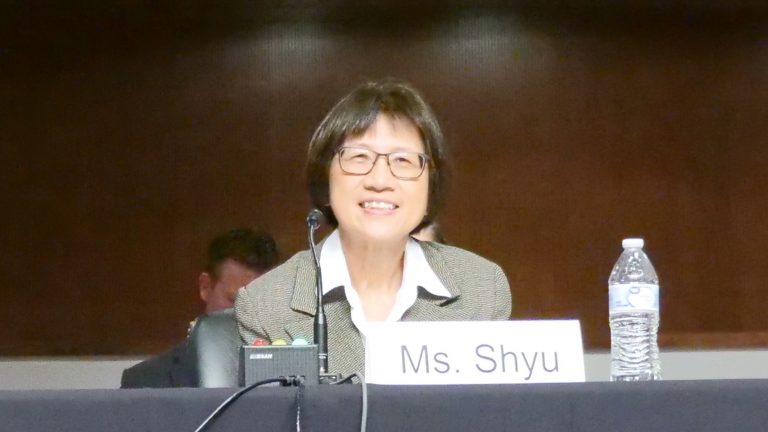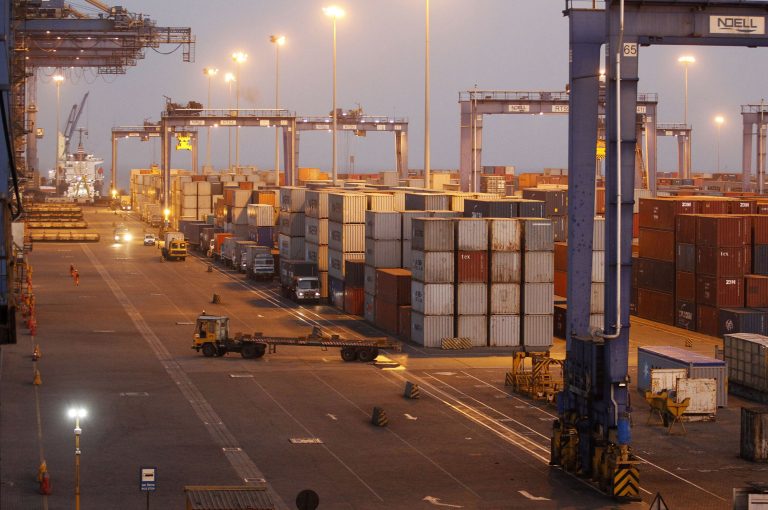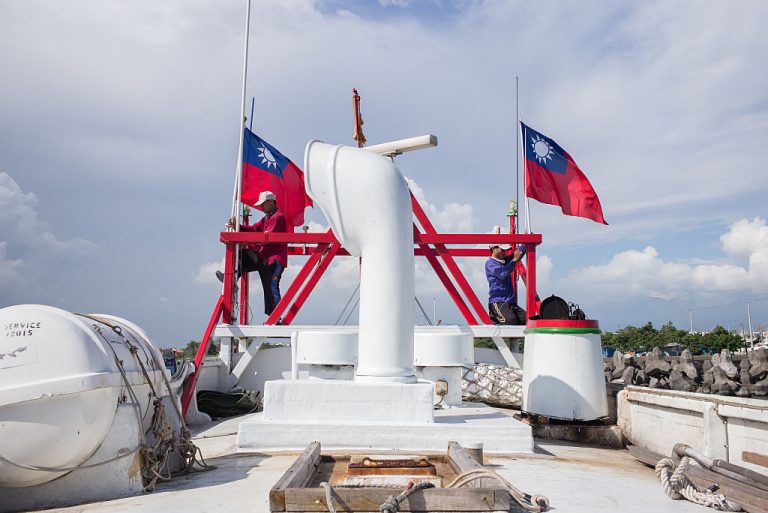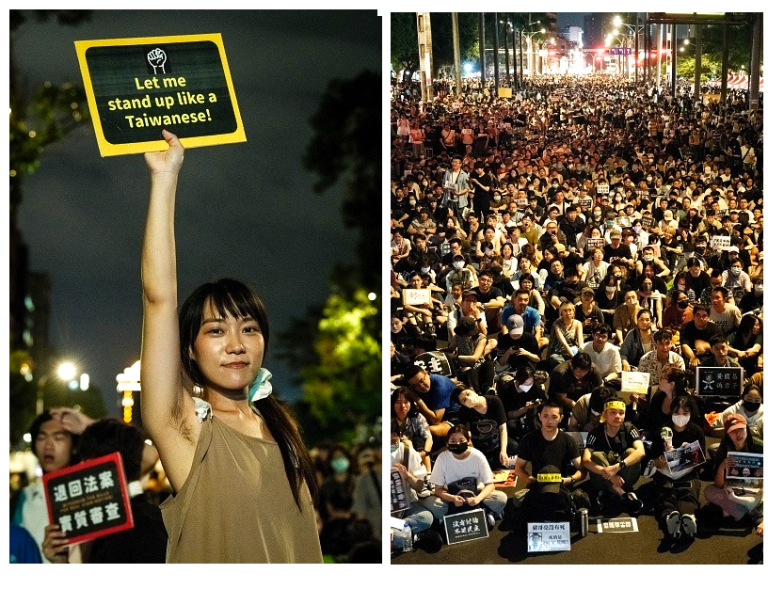Speaking with ABC News on Aug. 18, U.S. President Joe Biden mentioned Taiwan and other American allies in a list of countries that the U.S. had a “sacred commitment” to defend.
“We made a sacred commitment to Article Five that if in fact anyone were to invade or take action against our NATO allies, we would respond. Same with Japan, same with South Korea, same with– Taiwan. It’s not even comparable to talk about that,” Biden told the outlet.
It’s the Biden administration’s clearest statement of support for Taiwan, the island officially known as the Republic of China (ROC), in the face of pressure from mainland China.
Biden’s words come after the U.S. Department of Defense recently appointed Heidi Shyu to undersecretary of research and engineering. Shyu, born in Taiwan, is the granddaughter of Shyu Kangliang, who served as deputy commander of the Chinese air force in World War II when the ROC still controlled the mainland.
The Chinese Communist Party (CCP) has touted America’s military withdrawal from Afghanistan and the Taliban’s speedy takeover as an “omen” of things to come for Taiwan, which Beijing vows to “retake” with force if necessary.
Success
You are now signed up for our newsletter
Success
Check your email to complete sign up
The U.S. president’s statements, the promotion of Shyu, and exercises carried out by American armed forces in the Western Pacific come as Communist China steps up its own rhetoric and threats toward Taiwan.
Asked about Biden’s comments defending Taiwan, People’s Republic of China (PRC) Foreign Ministry spokeswoman Hua Chunying only responded, “Some media say this may be a slip of the tongue.”
Chinese and US exercises
On Aug. 17, combat aircraft of the Chinese People’s Liberation Army (PLA) repeatedly flew into the Taiwan Air Defense Identification Zone (ADIZ), passing through the “R-12 target area” designated in ongoing ROC naval drills.
Simultaneously, the PLA deployed submarines, surface vessels, and anti-submarine aircraft to the Taiwan Strait.
The PLA’s activity was the first time that mainland forces had interfered with Taiwan’s military exercises. State-run CCTV claimed the PLA’s own exercise was “a serious response to external interference and provocation by Taiwan independence forces.”
The ROC Ministry of National Defense stated that 11 PLA aircraft entered the air defense zone, among them two nuclear-capable H-6K bombers and six J-16 fighter jets. The defense ministry added that Taiwan dispatched its own aircraft in warning.
According to the Taiwanese authorities, PLA aircraft have made 380 sorties entering Taiwan’s ADIZ in the strait between it and the mainland since the beginning of 2021.
The PRC and ROC exercises took place in the backdrop of major drills undertaken by the U.S. Indo-Pacific Command, as well as forces from the UK, Australia, and Japan. An “all-domain exercise,” Large Scale Global Exercise 21 (LSGE21) is being held between Aug. 2 and Aug. 27.
LSGE21 is the biggest of its type in about 30 decades, and took place in the Hawaiian Islands Operating Area. According to U.S. 3rd Fleet Commander Vice Adm. Steve Koehler, “lethal combat power was effectively applied to a variety of maritime threats” and “the precise and coordinated strikes from the Navy and our Joint teammates … exemplify our ability to decisively apply force in the maritime battlespace.”
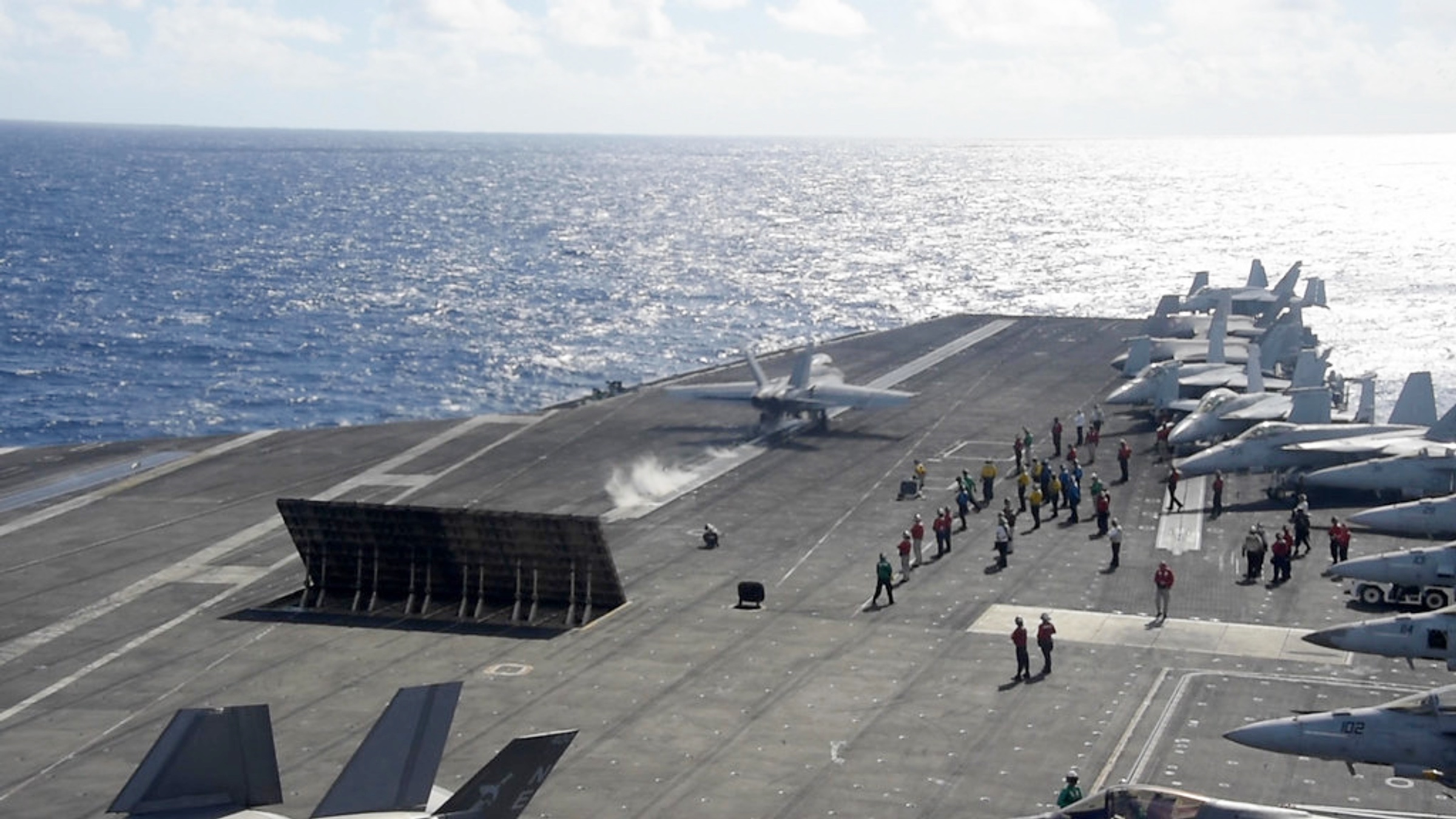

Taiwan strategic calculus
Amid an overall shift by the U.S. to counter Beijing, Taiwan’s strategic importance has been growing steadily.
On. Aug. 6, the State Department approved a $750-million sale of 40 M109A6 Paladin self-propelled artillery pieces to Taiwan, as well as support vehicles and other equipment, including thousands of precision guidance kits for the artillery, Defensenews reported.
Heidi Shyu, the Pentagon’s new undersecretary for research and engineering, built her career in the defense industry, working on drones, space and reconnaissance systems, and the Joint Strike Fighter program, which would eventually become the F-35 stealth fighter. Between 2012 and 2016, she served the Department of the Army as assistant secretary for research and procurement.
Significantly, Shyu furthered sales of military equipment from the U.S. to Taiwan during the administrations of U.S. President Barack Obama and Ma Ying-jeou of the ROC.
At a Senate hearing this March, John C. Aquilino, commander of the U.S. Indo-Pacific Command, said that “under current policy guidelines,” America’s forces engage in blue-water (open ocean) exercises “that contribute to the defense of Taiwan” and deepen unofficial cooperation.

The US Indo-Pacific Command submitted a budget report to Congress, proposing to increase funding for the Pacific Deterrence Program from $2.2 billion in fiscal year 2021 to $4.6 billion in 2022. More than $27 billion are to be invested over the next five years.
Though a de facto country, the ROC is not recognized by the U.N. as a sovereign state, and does not maintain official diplomatic relations with most countries. However, Taiwan’s position in the first island chain makes it a strategic key to America’s military dominance in the Pacific Ocean, as well as the security of U.S. allies like Japan.
Moreover, Taiwan has the world’s most advanced semiconductor wafer technology, making up about half of global production. Chips made in Taiwan are a critical component in the U.S. tech and defense industries.



